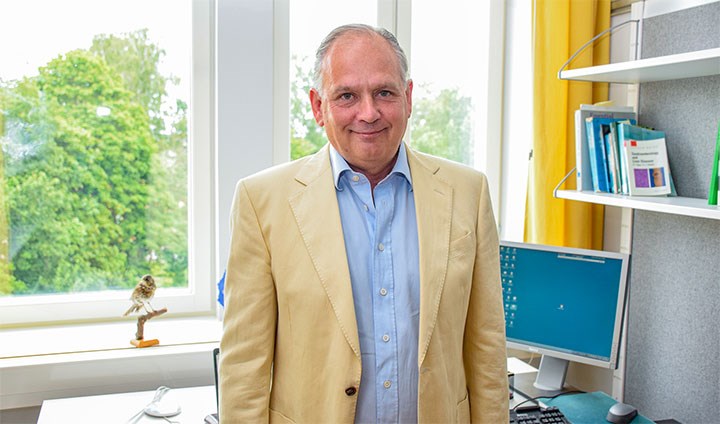Infections in adolescence may increase the risk of MS

Only a small minority of those suffering from severe infections during adolescence may ever develop MS. But the study supports the theory that adolescence is a period of extra sensitivity, according to Scott Montgomery.
According to a new study, severe infections during adolescence may lead to an increased risk of contracting MS later in life. “We’re talking mainly about brain and spinal cord infections, but also respiratory tract infections,” says Scott Montgomery, professor at Örebro University.
Multiple sclerosis (MS) is a neurological disease that attacks the central nervous system. The cause of MS is not fully recognized. Still, inherited genetic and personal traits and environmental exposure are believed to affect the risk of developing the disease.
In previous studies, Scott Montgomery, professor of clinical epidemiology and biostatistics at Örebro University, has found a link between concussions or pneumonia during adolescence and an increased risk of developing MS later in life.
The new study shows that infections of the brain and spinal cord during adolescence also increase the risk of developing MS by 180 per cent.
“An infection of the central nervous system seems to trigger an autoimmune response, attacking a part of the body, which is also what happens in MS,” says Scott Montgomery.
Adolescence – a sensitive period
Researchers also found a link between severe respiratory infections in adolescence and MS. Teenagers hospitalized for a respiratory infection are at an increased risk of 51 per cent of developing MS.
“It’s important to point out that only a small minority of those suffering from serious infections during adolescence may ever develop MS. But the study supports the theory that adolescence is a period of particular sensitivity to exposures linked to the risk of developing MS. However, childhood infections – before the age of 11 – do not pose an increased risk of developing the disease later in life,” says Scott Montgomery.
The study is a collaboration between researchers at Örebro University, Karolinska Institutet and University College London.
Text: Anna Lorentzon
Photo: Elin Abelson
Translation: Jerry Gray
